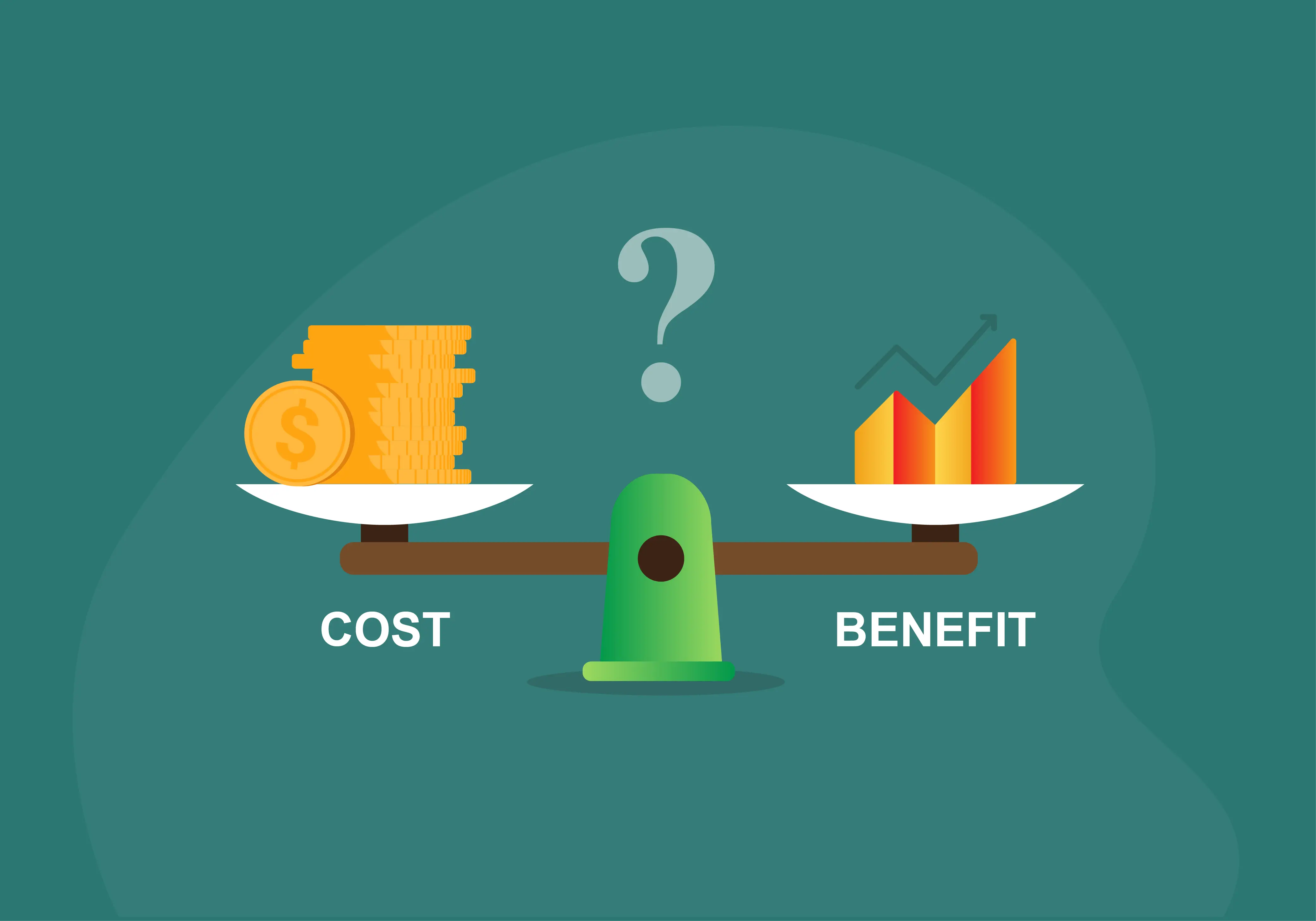 Cost-benefit analysis (CBA) is a systematic approach to evaluating the costs and benefits of a project, decision, or policy. Here are 10 strategies for conducting effective cost-benefit analysis:
Cost-benefit analysis (CBA) is a systematic approach to evaluating the costs and benefits of a project, decision, or policy. Here are 10 strategies for conducting effective cost-benefit analysis:
1. Define Objectives and Criteria
- Clear Objectives: Clearly define the objectives and criteria against which costs and benefits will be evaluated. Ensure that the analysis aligns with organizational goals and addresses stakeholder priorities to maintain relevance and focus.
2. Identify Costs and Benefits
- Comprehensive Identification: Identify and categorize all relevant costs and benefits associated with the project or decision. Consider both direct costs (e.g., equipment, labor), indirect costs (e.g., training, maintenance), and intangible costs (e.g., opportunity costs).
3. Quantify Costs and Benefits
- Monetary Valuation: Quantify costs and benefits in monetary terms whenever possible. Use financial data, market research, expert estimates, and historical data to assign dollar values to both tangible and intangible factors.
4. Time Horizon and Discounting
- Define Time Horizon: Set the time horizon over which costs and benefits will be assessed. Apply discounting techniques (e.g., present value calculation) to adjust future values to their present worth, accounting for the time value of money.
5. Sensitivity Analysis
- Assess Variable Impact: Conduct sensitivity analysis to evaluate how changes in key variables (e.g., cost assumptions, discount rates) affect the analysis outcome. Identify factors with the greatest influence on results and assess their potential variability.
6. Include Non-Monetary Factors
- Qualitative Considerations: Incorporate non-monetary factors and qualitative considerations (e.g., environmental impact, social benefits) that are difficult to quantify but are relevant to stakeholders. Use qualitative assessments and stakeholder feedback to inform decision-making.
7. Risk Assessment and Contingencies
- Evaluate Risks: Assess risks and uncertainties associated with costs and benefits. Identify potential risks, their probability of occurrence, and their impact on outcomes. Develop contingency plans or risk mitigation strategies to address these uncertainties.
8. Compare Alternatives
- Evaluate Options: Compare multiple alternatives or scenarios to determine the most cost-effective option. Assess costs and benefits across different options and consider trade-offs between short-term gains and long-term benefits.
9. Communicate Findings Clearly
- Present Results Effectively: Present analysis findings in a clear and concise manner to stakeholders. Utilize visual aids (e.g., charts, graphs) to illustrate cost-benefit relationships and highlight key findings, assumptions, and limitations.
10. Monitor and Evaluate Post-Implementation
- Track Outcomes: Establish mechanisms for monitoring and evaluating outcomes post-implementation. Compare actual costs and benefits with projected estimates to assess the accuracy of the analysis and identify areas for improvement.




